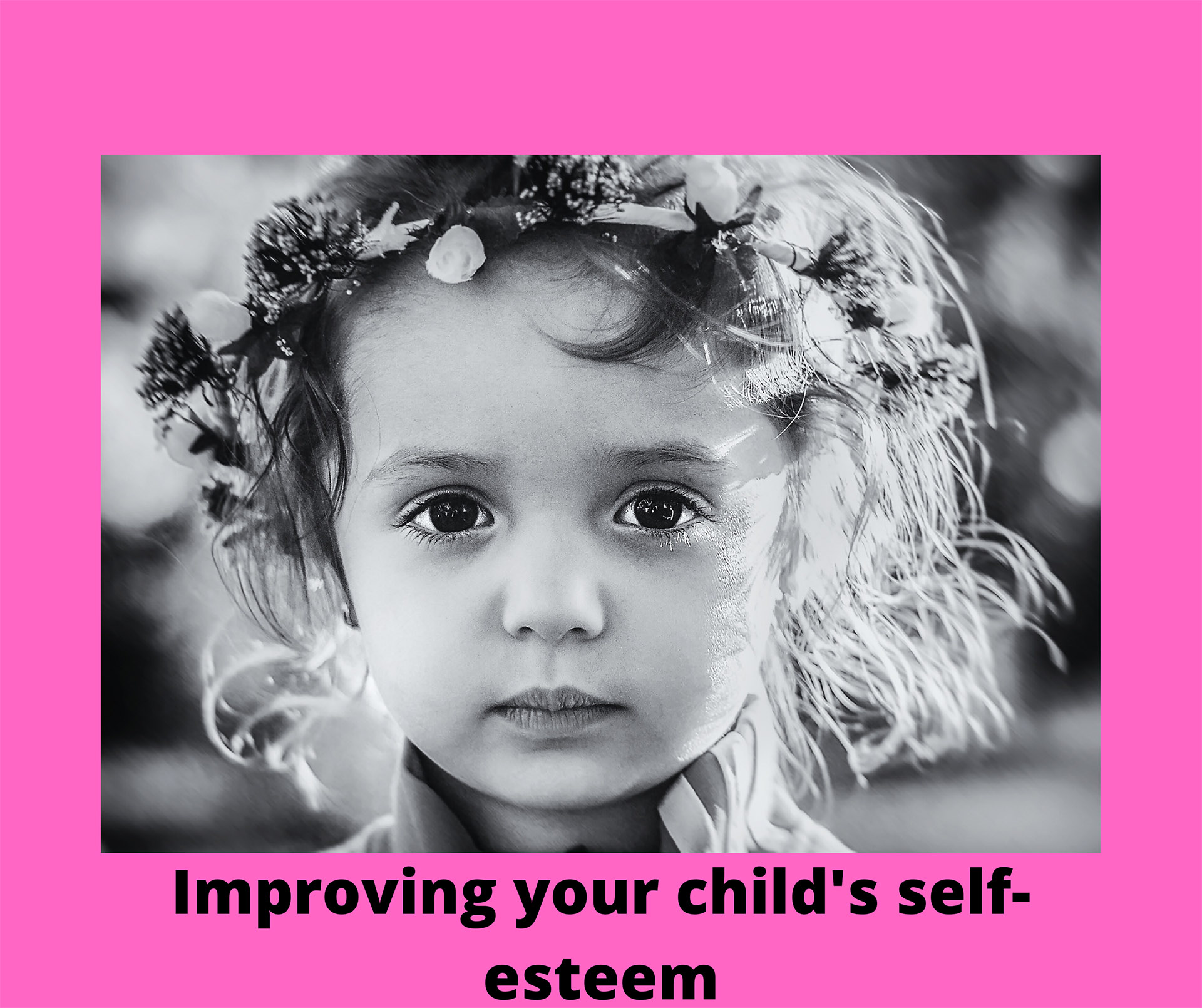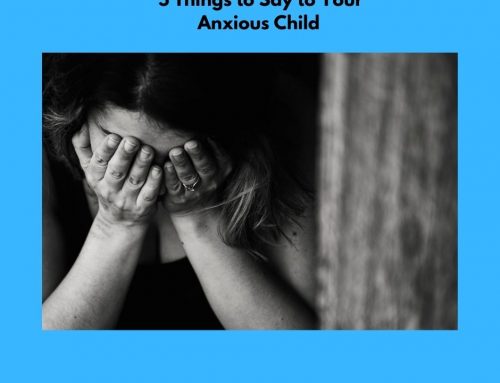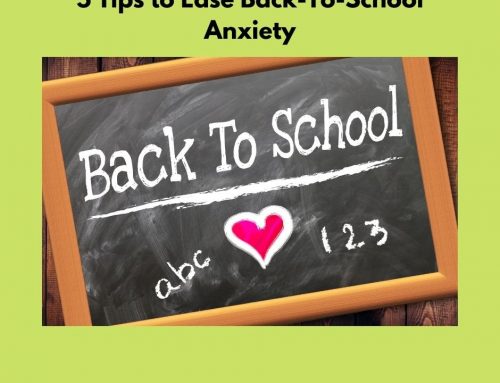SELF-ESTEEM GAMES: BY BARBARA SHER:
“Self-esteem games help children appreciate their own specialness at any age (or never doubt it in the first place). All children need lots of feedback about their uniqueness. They need to know that whatever things they enjoy doing the most are just fine. The games we play with out children reinforce the idea that we value their choices and their skills. Our children don’t need to share our preferences any more than we need to share theirs. We do need to respect their choices. Some children enjoy being with groups. Others are happier being solitary. Some enjoy physical sports. Others would rather sit alone and write. One preference is not better than the other. They are just different.”
-Barbara Sher, Self-esteem Games
“More important than doing great things is to do little things with great love.”
-Mother Teresa
Sometimes we can tell when kids seem to feel good about themselves and when they don’t. Why does self-esteem matter? Kids who feel good about themselves have the confidence to take risks and try new things. Having a positive self-esteem also helps kids cope with making mistakes, not being good at something and overcoming failure. It helps them to pick themselves up and try again.
Does any of this sound familiar? To me it does. The connection between self-esteem and anxiety is clear. Kids with low self-esteem are often ruled by their negative thoughts and what if’s. If we can teach children early on to feel good about who they are, be in the present moment and focus on what makes them happy, then we are setting them up to being able to manage their future worries and fears.
Playing games with our kids are fun and also have the benefit of helping your anxious child gain self-confidence- and ultimately, reduce their anxiety.
The following 10 self-esteem games developed by Barbara Sher, are great examples of how to play with our children in order to help them develop healthy self-esteem.
Games especially good for children 5 and under:
THINGS I CAN DO WELL:
Chant
Here are things that I do well, I do well, I do well.
Here are things that I do well.
Do you do them to?
Response:
I can________________
Example:
I can ride a two-wheeler!
Directions:
Chant together between each person’s turn. Each player gets to name something they do well. Start by taking your turn first to demonstrate how the game works. Take several turns if your child needs help getting started.
BACKGROUND SOUNDS:
Directions:
Ask your child to be very quiet, then tell you all the sounds he starts to hear, such as:
The tick of a clock, distant traffic, birds chirping, fan blowing, wind etc…
WHAT’S TALKING:
Directions:
Put a blindfold over your child’s eyes, or ask her to turn her back to you. You go around the room knocking on or manipulating different things, while she gets to guess what is being knocked on or used.
You can ask a younger child to identify a more common sound like the opening of a refrigerator. You can ask a older child to identify a more subtle sound, such as tapping on a window pane.
Take turns being the noisemaker and the listener.
Variations:
- Use different body sounds: hand slapping knee, feet stomping, fingers snapping, tongue clicking and so on. Ask your child to guess how you are making the noise.
- Use different objects in the room and have the objects identified by the sound they make when falling. (Best not to use this version with really young kids, or you may be identifying the sound of glass breaking!)
WHAT’S HERE?
This would be just a fun activity with a little one. One to four-year-olds couldn’t care less that there is no point to it. Just say, “Let’s feel!” and go from thing to thing, feeling it.
Directions:
Children feel different things in the room with their fingertips and talk about how the objects feel and how they differ from each other.
Example:
Compare the smooth desktop to the wall texture, the leather coat to the cotton one, the pen to the pencil.
“Let’s go feel the refrigerator.” Then, go feel it, rub it, pat it, bang out a rhythm on it together. Then, “Let’s go feel the velvet pillow,” and go rub it against your faces, your arms, your thighs. Make the sound that comes to you when you feel something so soft. “This is how soft things feel.”
Remember to ask, “What shall we go feel next?” so your child gets practice making choices.
I LIKE YOU:
As you are snuggling your children to sleep or checking on them in the night, you can whisper to them how wonderful, beautiful, brave, smart and lovely they are. You can say whatever is in your heart. When you look upon those sweet dear faces in repose, it is not hard to find the words.
Sometimes it’s hard to be as open about your feelings when your children are wide awake! At those times, it can be easier to express what’s in your heart in a song.
Song:
I like you.
There’s no doubt about it-
I like you.
There’s no doubt about it-
I like you.
There’s no doubt about it.
We are such good friends.
Directions:
This song is one of my favorites for expressing affection. I don’t remember how I learned it- I might have even made it up. Feel free to make up your own tune. The words are easy in any language.
Variation:
Try signing the words. I really like the sign for “friends.” It’s two interlocking index fingers.
Go to the second and third verses. Often, children want to hear more. The rest goes like this…
You like me.
There’s no doubt about it-
You like me.
There’s no doubt about it.
We are such good friends.
We both like each other.
There’s no doubt about it-
We both like each other.
There’s no doubt about it.
WE ARE SUCH GOOD FRIENDS!
Games that are good for children aged 5 and up:
REPORTER:
Get to know each other, while giving the “interviewee” a chance to talk about himself- almost always a welcomed experience.
Directions:
Sit down with your child in a comfortable place at a quiet time, maybe at the kitchen table after dinner or on the bed at bedtime. Pretend you’re a television reporter. Ask as many of these or similar questions as time and mood allow:
- What is your favorite food? TV show? Game? School subject?
- Where is your favorite place to sit in the house?
- Where do you like to go in the town?
- What household chore do you prefer or detest?
- What makes you happiest or saddest?
- Which family pet is most like you?
- Which friend would you most confide in?
- Whom do you know that reminds you of you?
- If you could go anywhere in the world, where would it be?
- Do you have a hero or heroine that you admire? Why?
- Would you rather be a rock, tree, flower, or cloud? Why?
Variations:
- For younger children, choose only one or two questions from the list above. Little ones may not be able to answer these questions for themselves but might easily be able to answer them for their favorite stuffed animal or family pet.
- For groups, pair players for the interview, then take turns introducing each other with a simple description, e.g., “This is Joanie and she loves to dance and doesn’t mind sweeping. But she’d rather sit beside the flowers in her garden.”
CHECK IT OUT:
I have played this game with my mother and with my daughters. Each time I was fascinated- sometimes delighted, sometimes surprised- by answers I did not expect. What others value in us can be very different from what we imagine.
Directions:
Explain to your child that each of you gets to answer your own set of questions on a piece of paper. Afterward, you’ll compare your answers.
Your Questions:
- What is your strongest and best characteristic (the one you feel serves you best in your life)?
- What do you think your child thinks is your best characteristic?
- What do you think is your child’s strongest and best characteristic?
- What do you think he or she thinks is best?
- What is your best attribute as a parent?
- What is your daughter’s or son’s best attribute as a daughter or son?
- What is your weakest characteristic?
- What is your child’s?
Your Child’s Questions:
- What is your strongest and best characteristic?
- What does your mom/dad think is your best?
- What is your mother’s/father’s strongest characteristic?
- What do you think he/she things is his/her strongest?
- What is his/her best attribute as a father/mother?
- What is yours as a daughter or son?
- What is your weakest characteristic?
- What is your mom’s/dad’s?
MUSICAL DRAWINGS:
One of my happier memories from elementary school is of the time the teacher put on some music and asked us to just draw the way the music made us feel. I stopped feeling bad about my technical skills, which could not compare with the child sitting next to me, who could make a brick house look like a brick house. I was just free to go where the music took me.
Directions:
Put on some music and join your child in drawing to the music. Give and get the pleasure of letting the music “take you away.”
Materials: Paper, pencils, markers or paints and paint brush, music recordings.
REFLECTIONS:
Trust between people who are working together grows whenever one imitates the other. There is something about moving in sync that makes a person feel understood.
Directions:
Two people stand facing each other. One is to be the reflection of the other. The first person starts moving very slowly, as if standing in front of a mirror practicing different arms, body and leg movements. The reflection person tries to imitate those movements. Encourage the children to keep eye contact while using their peripheral vision to see the movements.
When you say “reverse,” or when they feel ready, they should switch- the one who was leader takes a turn being the reflection.
As children get better and better at this activity, they learn to move slowly and watch each other closely.
MESS AROUND:
Spending time doing things together is another way of expressing affection. We are the people our children love the most; if they see that we like to do things with them, they will grow up knowing they are valued companions.
Directions:
For a few minutes each day, take time to go for a walk, play a game, mess around on the piano or look at the clouds. Do any friendly activity that you and your child enjoy together but tend to forget about in the mass of everyday things that need doing.









